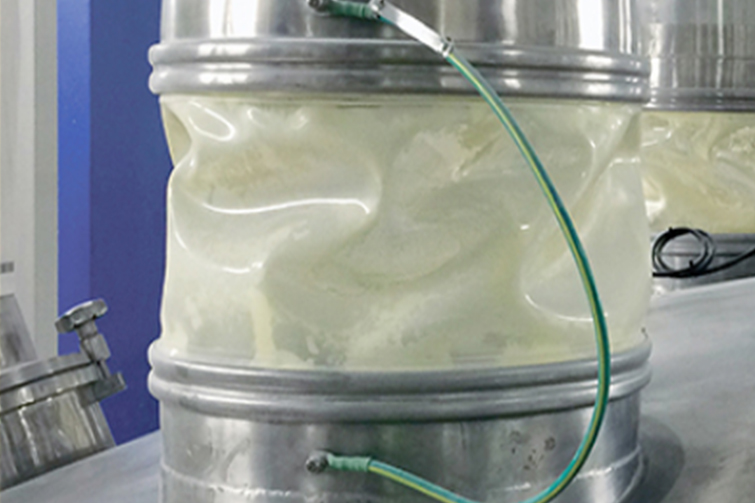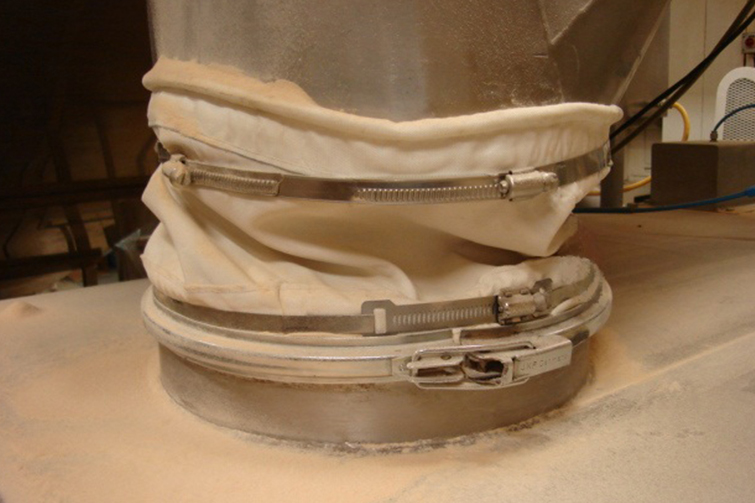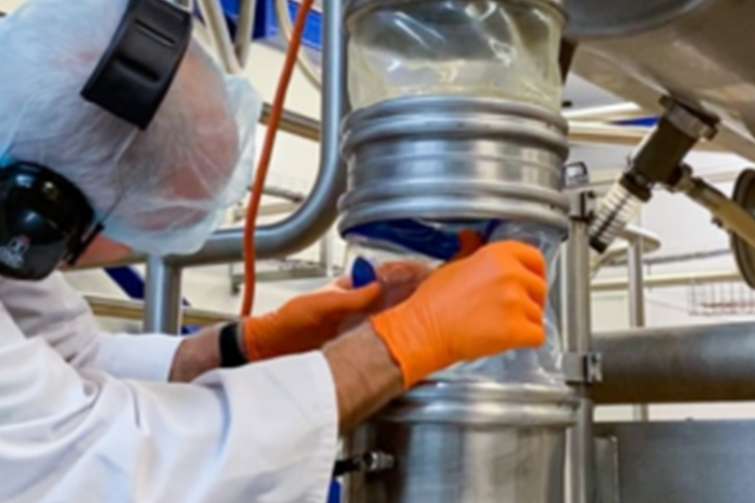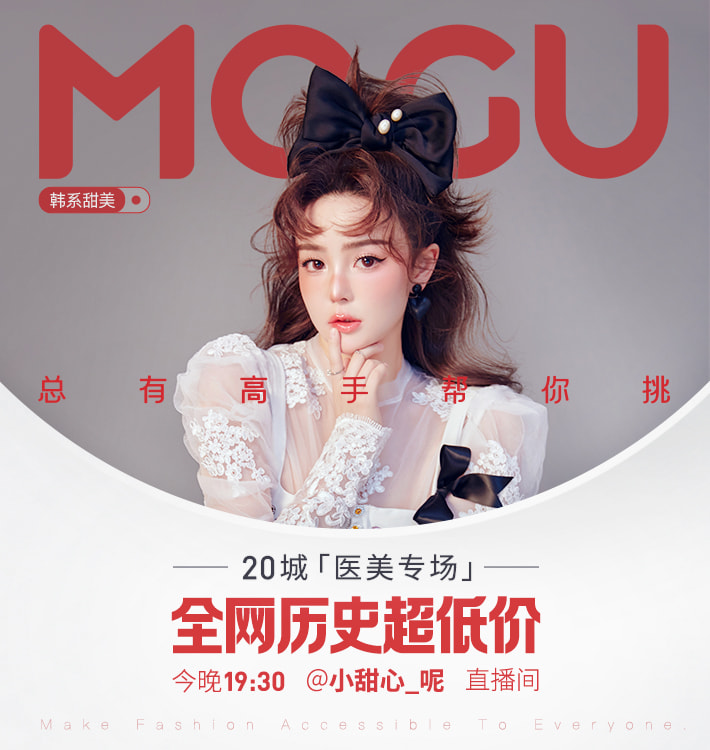

Selecting the Right Hose Material for Milk Powder Conveying Applications
In the dairy industry, maintaining the purity, quality, and safety of milk powder from production to packaging is paramount. The hoses used to connect various pieces of machinery—such as dryers, silos, mixers, fillers, and packaging machines—play a critical role in this process. Choosing the wrong hose material can lead to product contamination, flavor scalping, static hazards, and inefficient cleaning, ultimately costing time and money.
This article provides a comprehensive guide to selecting the optimal hose material for milk powder conveying, focusing on the key requirements of this sensitive application.
The Non-Negotiable: Food-Grade Compliance and Safety
First and foremost, any material coming into contact with milk powder must be food-grade compliant. This means it must adhere to strict international standards:
- FDA 21 CFR 177.2600 (USA): Regulates rubber articles intended for repeated use.
- EU Regulation 1935/2004 / EC 10/2011 (Europe): Framework for materials and articles intended to come into contact with food.
- 3-A Sanitary Standards (USA): Specifically for dairy equipment, ensuring cleanability and hygienic design.
Materials must be non-toxic, odorless, and tasteless to prevent any transfer of undesirable substances to the milk powder.
Key Material Candidates for Milk Powder Hoses
Several thermoplastic and elastomeric materials meet the demanding needs of the dairy industry. The best choice depends on the specific balance of properties required.
1. FDA-Silicone (Platinum-Cured)
- Key Advantages:Excellent High-Temperature Resistance: Withstands temperatures from -60°C to 200°C (+392°F), making it suitable for applications where powder is still warm from the drying process.Superior Flexibility: Remains extremely flexible, which is ideal for loading/unloading arms and connections to moving machinery.Excellent Release Properties: Its very smooth, non-porous surface prevents powder from sticking and allows for near-total discharge, minimizing product waste and cross-contamination.Odorless and Tasteless.
- Best For: Flexible connections, small-batch transfers, and applications where heat and cleanability are top priorities. Often transparent, allowing for visual inspection.
2. FDA-Polyurethane (PU)
- Key Advantages:Exceptional Abrasion Resistance: Significantly more wear-resistant than silicone, making it a longer-lasting choice for high-velocity pneumatic conveying systems.Good Flexibility: While not as flexible as silicone, it offers very good bendability.Good Oil and Fat Resistance: Milk powder contains milk fats; PU handles this well without degrading.
- Best For: High-throughput, abrasive pneumatic conveying lines where long service life is critical.
3. TPE/TPU (Thermoplastic Elastomer/Polyurethane)
- Key Advantages:Lightweight and Flexible: Offers a good balance of flexibility and durability.Smooth Bore: Typically has a very smooth inner surface that promotes good flow and easy cleaning.Cost-Effective: Often more affordable than silicone while still offering excellent food-grade properties.
- Best For: General-duty milk powder transfer, offering a great balance of performance and cost.
Critical Performance Characteristics Beyond Material
When specifying a hose, the base material is just the start. The construction and added features are equally important.
1. Static Control – An Explosion Prevention Measure
Milk powder dust is highly combustible. The friction of powder moving through a hose generates significant static electricity, creating a severe explosion risk.
- Solution: You must use a conductive or static-dissipative hose.These hoses are manufactured with carbon or other conductive compounds blended into the tube and cover, providing a electrical resistance of less than 10⁵ Ohms (for conductive) or between 10⁵ and 10¹¹ Ohms (for static-dissipative).This allows the static charge to safely dissipate to a grounded machine frame, preventing a spark.
2. Smooth, Non-Stick Inner Surface
A rough or textured inner liner will trap powder, creating breeding grounds for bacteria and causing cross-contamination between batches.
- Solution: Always choose a hose with a smooth, seamless bore. For extremely sticky or hygroscopic powders, a hose with a PTFE (Teflon®) lining can be specified for its superior non-stick properties.
3. Cleanability (CIP/SIP)
To maintain hygiene, hoses must be compatible with Clean-in-Place (CIP) and Sterilize-in-Place (SIP) processes, which use hot water, steam, and cleaning chemicals.
- Solution: The chosen material must withstand high temperatures (up to 140°C for hot water/steam) and resist common cleaning agents like caustic soda and acidic solutions. Silicone and high-quality PU are generally excellent for CIP/SIP.
Conclusion
Selecting the right hose for milk powder machinery is a critical engineering decision. The optimal choice is a food-grade, static-conductive hose with a smooth bore, with the base material—be it Silicone, PU, or TPE—selected based on the specific balance of flexibility, abrasion resistance, and thermal requirements.



